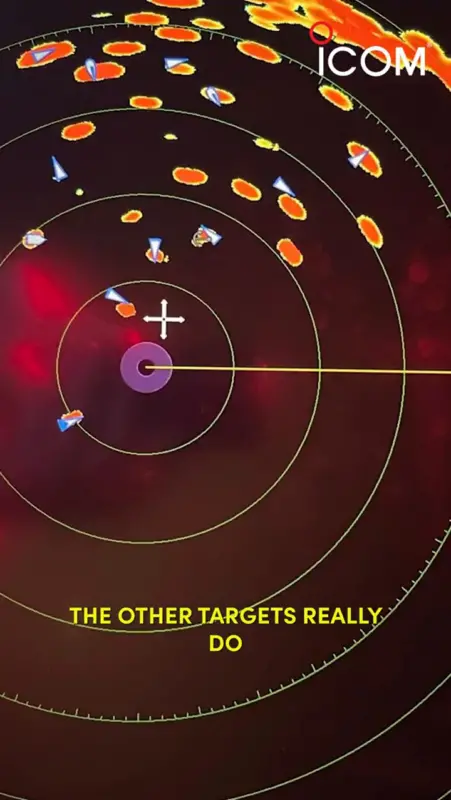Pixels and Mortar: Examining the History and Future of LED
It’s hard to imagine the days when the sun used to be our only source of natural light. Since we’ve attempted to harness light in our societies, we’ve reigned in both the power of fire and electricity as game-changers for humanity’s lighting needs.
Even within the most recent stretch of light bulb-powered society, lighting technology has come a long way from the incandescent bulb that inventor Thomas Edison is often credited with. Light-emitting diodes, better known as LEDs. Though they were first developed in the sixties thanks to Nick Holonyak Jr., we forget that the LED market is still a young one all things considered, first entering the consumer market in the early 2000s and not becoming widely accessible until 2008 or so. It wasn’t until the turn of the decade that the LED industry could confidently say it was the new world standard. LEDs are now a fixture in lighting across the nation and the world, and in part have reached their level of mass acceptance because they offered something incandescent bulbs couldn’t: energy efficiency.
LEDs use 75 percent less energy than incandescent alternatives, according to the U.S. Department of Energy. The energy efficiency of LEDs proved to be something of value, and the Energy Department quickly got behind and championed it. In a study, the agency found that LEDs made up 51.4 percent of all outdoor lighting. The overall adoption of LEDs saved a whopping $14.7 billion in 2018, and reduced electric use by five percent.
Once the lighting of choice for commercial businesses and advertisements, LEDs have become more accessible and are found everywhere, even in homes. Today, the U.S. Energy Information Administration says that half of all American households, about 47 percent, are using LEDs to power their indoor lighting.
As LED usage continues to see growth in various industries, its accessibility has allowed many arenas to opt for LED lighting and immersion. Once upon a time, it was expected for LEDs to be used in places like airports, sporting arenas, and Times Square. But the exponential prevalence of LEDs is expanding even to houses of worship, hotels, and workplaces via digital displays.
“The cost of making LEDs has come down, so now you’re seeing them more prevalently used. As the price comes down you’re going to see [LEDs] more and more, even getting to the point where it’s going to hit [high-end] residential,” said James Polk, Marketing Coordinator at Absen.
Many digital displays either use LCDs or LEDs, but the latter is taking preference because of brighter lighting. When it comes to indoor lighting, LCDs might be the preferred option, whereas, for outdoor digital signs, LEDs are the main choice. This difference plays a critical role in business decisions as many are considering LEDs for content display upgrades and replacements.
“We’re seeing a growth happening in airports where they’re replacing traditional LCD walls with LEDs. It’s more impressive, it provides a better experience, opens all kinds of advertising opportunities for them,” said Terry Balaban, a partner at VueTronic.
As LED evolves and immerses itself in various industries, the demand for it is only growing. LED displays are becoming a staple of the experience economy and an investment by facility managers seeking to “tech-orate” their buildings, enhance spaces and make them more experiential.
“As costs continue to decline and performance continues to increase, we’re going to see a great adoption of LED,” said John Garmendi, a Senior Manager of Sales Support Engineers and Consultants at Sony Electronics. He said that aside from the usual areas where LED is expected to be found, not-so-typical fields that used projectors will begin converting to LED, like boardrooms.
By 2035, the Energy Department predicts that over 80 percent of all household, commercial, industrial, and outdoor lighting will be LED.
As our entertainment needs diversify as well, LED is showing up in our basic consumption of entertainment. Even companies that create LED projects believe that the LED is seeing innovation beyond simple lighting needs.
“As long as you have creative people and clients that are willing to do extraordinary things, the future is bright,” said Jonathan Labbee, Co-CEO of SACO Technologies.
As companies opt to be modern and trendy, the use of LEDs will continue to make headway. Along with their low costs, energy efficiency, and ease of use, LEDs are indeed the future.







